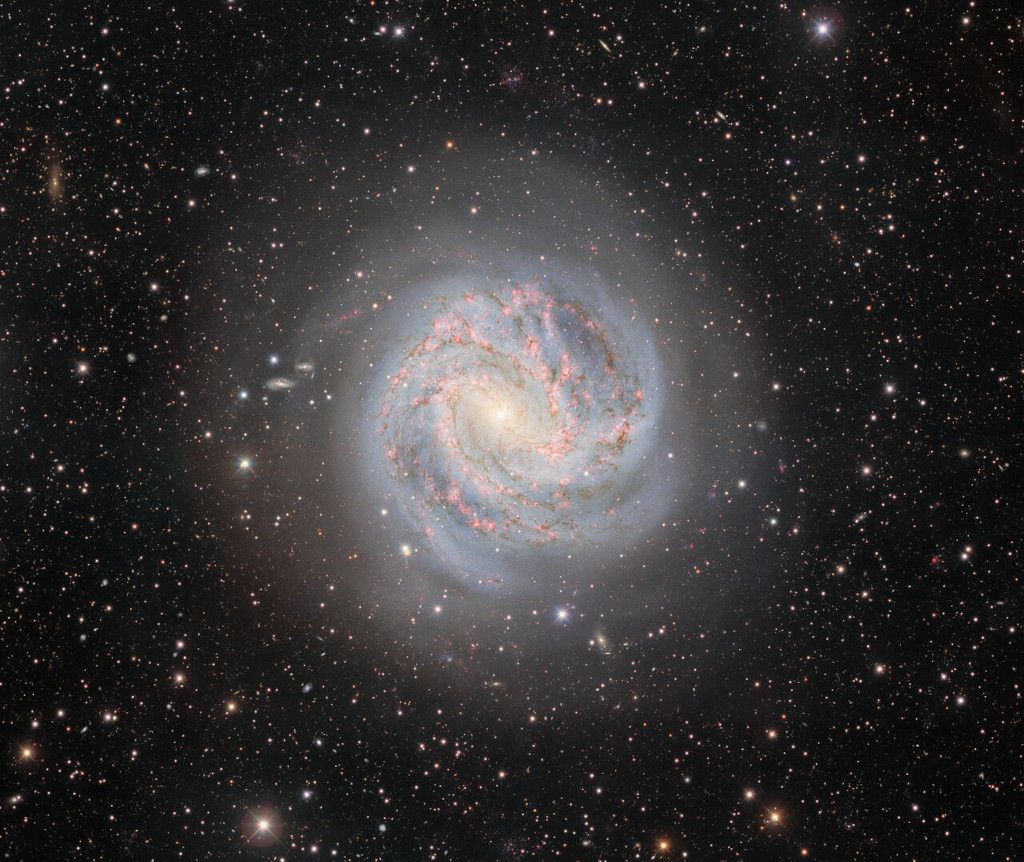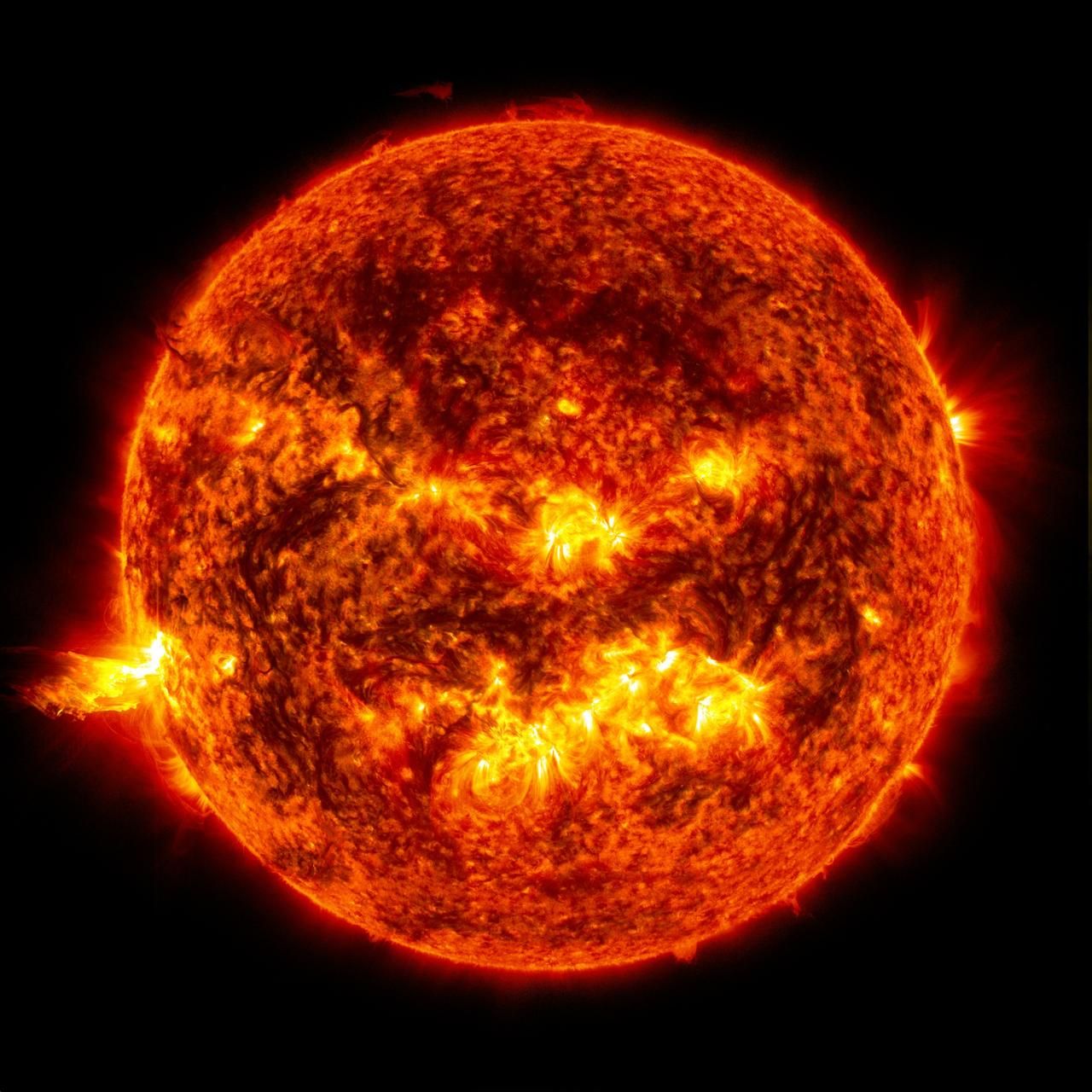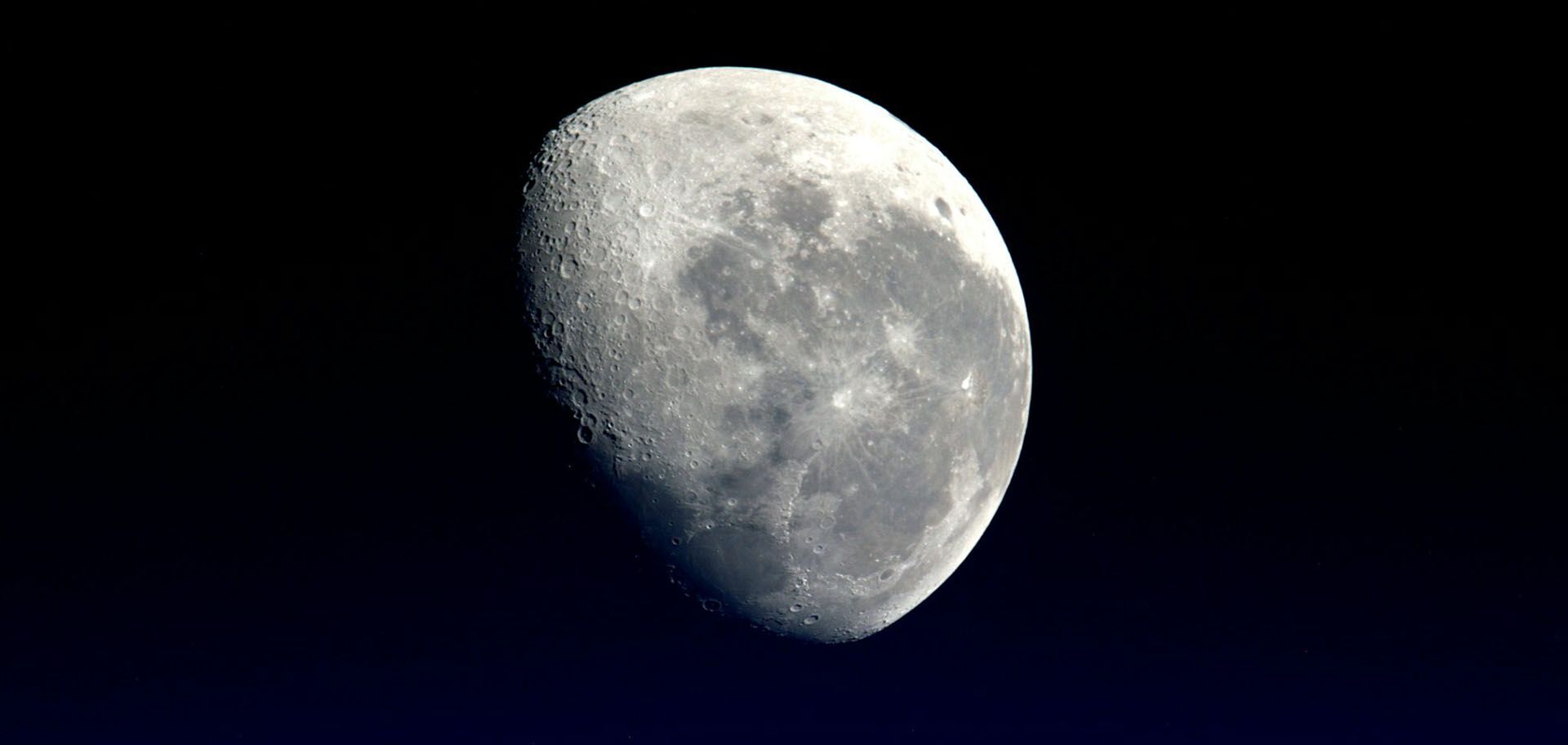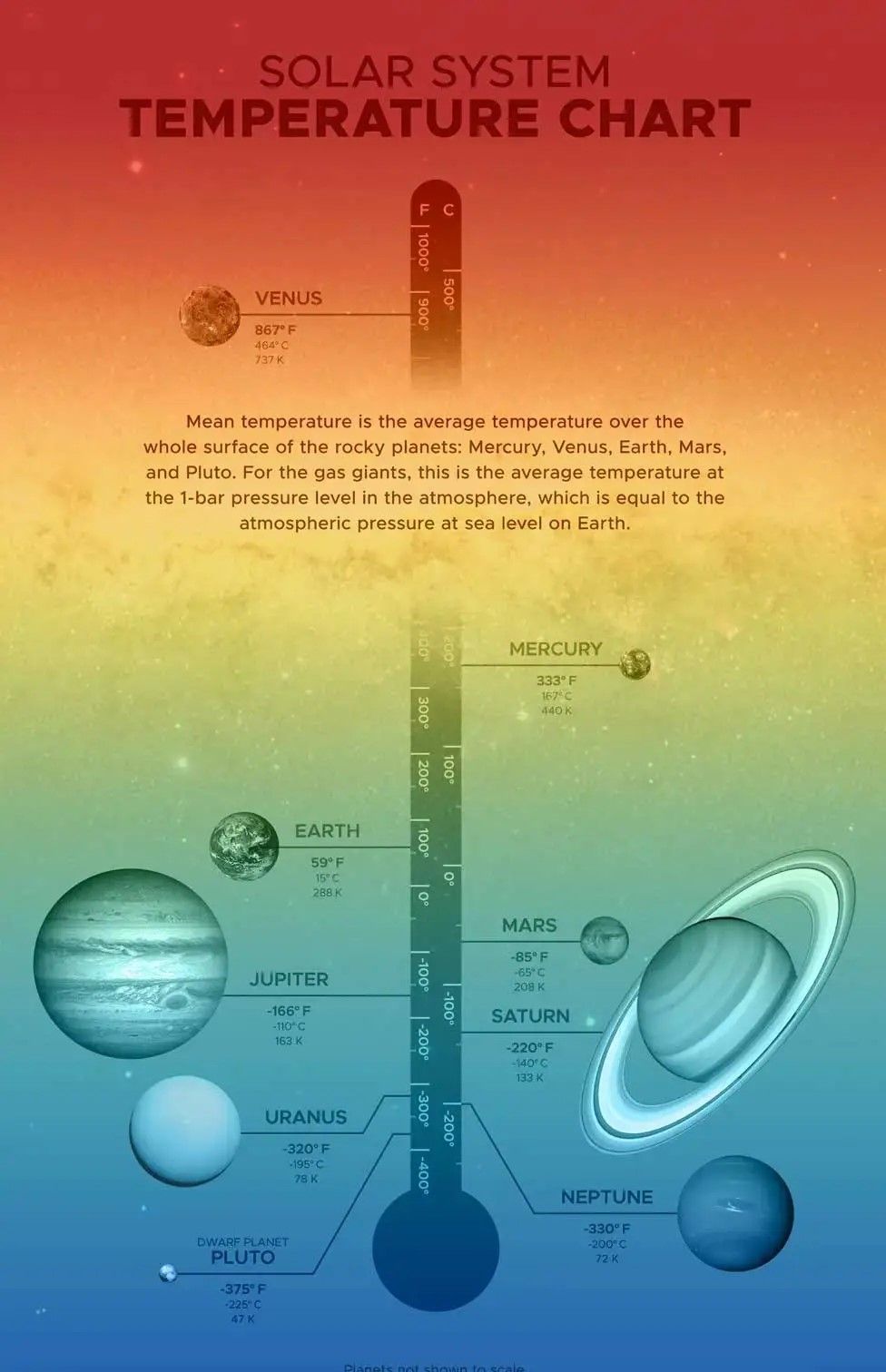It’s an unfortunate fact of reality that most people get their ideas about space from movies, TV, and video games. Science-fiction is all well and good, but only when people can separate it from reality. Unless you’re a real space fan, it’s likely that even you believe one of these common myths.
7
You Wouldn’t Be Instantly Flash-Frozen in Space Without a Suit
This is an incredibly common trope in movies. Someone without a space suit on is ejected into open space, and within moments, they’re frozen stiff! Space is actually very cold in general–just a few degrees above absolute zero in most cases. But that’s not nearly cold enough to flash-freeze a human being in mere seconds, even if they aren’t protected by a space suit.
It would actually take you a very long time to freeze to death in space, even if you were exposed. With no atmosphere in space, there’s no air to wick heat away from your body via convection or conduction. The only way to lose heat in space is through radiation, which is much slower than conduction or convection when you’re talking about a normal body temperature. You would freeze solid after many hours if you were exposed to space, but you’d have died from something else long before that happened anyway.
6
Water in Space Isn’t Scarce At All
It’s a common misconception that water in space is extremely rare. After all, Earth is special because of all of its liquid water, right? We’ve all heard that one. However, there’s plenty of water in space. The largest reservoir of water ever identified in the universe contains 140 trillion times more water than all the Earth’s oceans. Granted, that water is 12 billion light years away from us.
There’s plenty of water in our own solar system, though. Even if it’s not in liquid form, there’s plenty of ice on the moons of Jupiter and Saturn, for instance. NASA even believes that many of those moons have liquid oceans hiding under the surface. The concern isn’t about whether or not there is any liquid water in space, but rather, how we can access it.
5
The Sun Isn’t Yellow, Red, or Orange
The color we perceive, and the color things actually are, are not always the same. Every day, billions of people see a yellow Sun hanging over their heads. And yet, the Sun is not actually yellow at all. It only appears that way because its light is traveling through our atmosphere. This phenomenon is called atmospheric scattering, and it’s why the Sun appears yellow, orange, or red throughout the day, and even why the sky appears blue.
In reality, the star that keeps us all alive is white, which you can see if you look at pictures of it taken from space. But if our Sun is white, why is it classified as a yellow star, scientifically? Well, star classification by color is based on how those stars are perceived from Earth specifically. All of those “red supergiants” out there aren’t really red either! They just look that way to us.
4
There is no Dark Side of the Moon
You could be forgiven for being surprised here. Contrary to the name of the popular Pink Floyd album, there’s actually no dark side of the Moon—it receives equal amounts of sunlight on all sides throughout the lunar day. That said, there is a far side of the Moon, which we can never see from Earth.
That’s because the Moon is tidally locked to our planet. Even though it’s orbiting around us, the same face of the Moon is always pointing toward us. The opposite side of the Moon gets just as much sunlight, it’s just that we can never see it from down here. After all, there are plenty of times when the Moon and the Sun are in the same section of sky, and if the Sun is behind the Moon, then the rear-facing side of the Moon has to be getting sunlight, right?
3
Asteroid Belts are Not Densely Packed
If you’ve seen the Star Wars films “Empire Strikes Back” or “Solo”, then you may have been led to believe that asteroid belts are densely packed with ginormous rocks, and trying to fly a spacecraft through them is tantamount to suicide. This couldn’t be further from the truth. The asteroid belt in our solar system lies between Mars and Jupiter, and contains more than one million asteroids larger than half a mile.
That sounds dangerous, but here’s the thing—the average distance between each of these individual asteroids is 600,000 miles, more than double the distance between Earth and the Moon. These asteroids are nowhere near close to one another, even if they are contained within a belt in space. Never forget that space is huge. No matter how big you’re imagining it, it’s bigger than that. Our asteroid belt is 140 million miles across, so densely packed in space terms means nothing to us on Earth.
2
Mercury is Not the Hottest Planet in the Solar System
As you probably learned in elementary school, Mercury is the planet in our solar system closest to the Sun. It’s fairly logical to assume that it must be the hottest planet in the solar system, then. Yet this isn’t the case. Make no mistake, Mercury gets incredibly hot, with surface temperatures reaching around 800 degrees Fahrenheit, but the hottest planet in our solar system is actually Venus, which can reach temperatures around 864 degrees Fahrenheit.
Despite being further away from the Sun, Venus has a much thicker atmosphere than Mercury, which is mostly composed of carbon dioxide. This provides insulation and traps heat near the planet’s surface. Mercury, on the other hand, can actually get incredibly cold on the face that’s turned away from the Sun, getting as low as approximately -300 degrees Fahrenheit.
1
Space Isn’t Truly a Vacuum
Space is pretty empty. The myth that it is a complete vacuum is exactly that—a myth. Admittedly, space is so close to being a complete vacuum that is effectively is as far as we care, but if you want to get technical, there are molecules floating around in space just like there are in our own atmosphere. There’s a lot of hydrogen in space, meaning there are at least a few atoms of it in every cubic meter of the cosmos.
It’s not enough molecule density for sound to travel through space, but these sparse atoms could pose a problem if humanity ever even gets close to light-speed travel. After all, slamming into even a single atom at light speed could be disastrous for both spacecraft and humans.
These are just a few myths about space that have been commonly perpetuated by pop culture. Trust me, there are plenty more out there. Don’t let the destruction of these false beliefs ruin your curiosity for space, though—there are plenty of true facts about the cosmos that are just as mind-boggling to consider!








